'Book of Shadows: Blair Witch 2' at 20: Director Joe Berlinger reflects on his troubled sequel (exclusive)
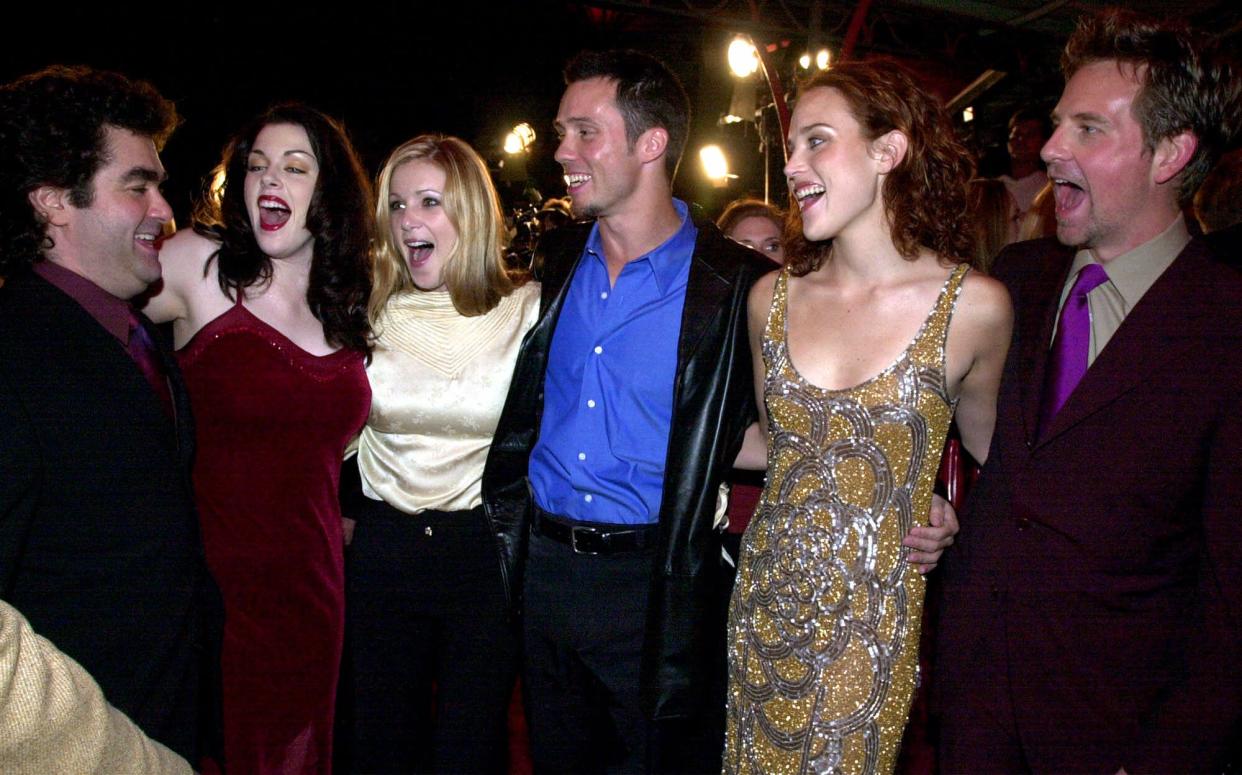
“My original intent was to make a comment on the dangers of blurring the lines between fiction and reality,” reveals Director Joe Berlinger, reflecting on his troubled fiction feature debut Book of Shadows: Blair Witch 2. “Even I didn’t realise how prescient that idea is. We’ve never had more information available at our fingertips yet the truth has never been more elusive.”
Two decades ago, audiences hadn’t heard of ‘fake news’ but they had heard of The Blair Witch Project. Released in 1999, Directors Daniel Myrick and Eduardo Sánchez’s low-fi horror about three filmmakers who disappear in the woods whilst searching for a local witch turned its $60,000 budget into a worldwide haul of over £250 million and catapulted the ‘found footage’ genre into the mainstream.
Its unprecedented sleeper-success had studio Artisan Entertainment twitchy for more - and before audiences could figure out what had just terrified them, a sequel was already in their sights.
Read more: How the BBC’s Ghostwatch traumatised a nation
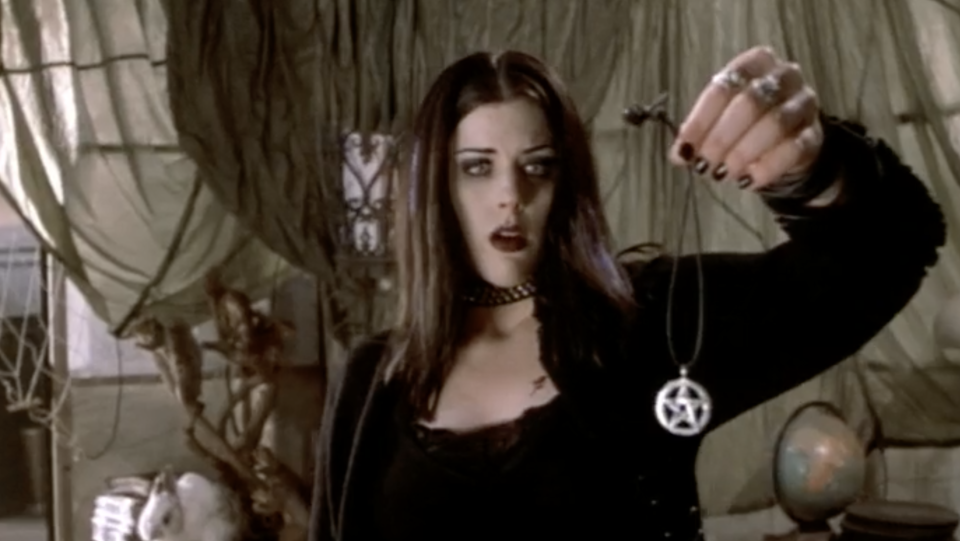
All this was irrelevant to Berlinger, though. Together with his filmmaking partner Bruce Sinofsky, he’d been busy captivating audiences with 1992’s provocative murder trial documentary Brother’s Keeper and following it up with two equally-compelling Paradise Lost films in 1996 and 2000, each chronicling the real-life wrongful conviction of the West Memphis Three and foreshadowing today’s true crime craze two decades before it was a Netflix sub-genre. He was a director that dealt in hard truths and introspection and as a result, considered a critical heavyweight in the non-fiction scene. Witch hunts were far from his mind, but the jump to narrative fiction was - and when Artisan suddenly showed interest in his pet-project script The Little Fellow in the Attic (a twisted real-life story of a married woman and the toy-boy she kept locked upstairs) - the opportunity to make this precarious leap with his dream story felt closer than ever - or so he thought.
“I was at Artisan to pitch another movie and they said ‘we’re not here to talk about that, we’re here to talk about Blair Witch 2’. I was taken aback,” admits Berlinger, remembering his unlikely entry into the sequel. “I remember being aggravated by the film,” he says of Myrick and Sánchez’s movie. “I thought it worked and the filmmakers did a great job - but what I objected to was two things: why do people equate bad camera work, something real documentarians don’t do, with reality? And more importantly the marketing hoax, where people were fooled into believing they were watching a real snuff film. It was the first time people were being fed false information by marketers and the birth of the fake news we’re experiencing today,” he adds. “I should’ve realised the deception involved in bringing me in was a warning sign that things might go awry.”
Despite his initial grievances, Berlinger took three of Artisan’s sequel scripts home - all of which continued the found-footage conceit. “I told them the jig was up. Heather, Josh and Mike [stars of the first movie] were on the cover of Time - how can you continue the found footage technique? I pitched my own idea of doing a sequel to the phenomenon itself because I was fascinated that some people walked out of the theatre and, despite seeing all the press coverage that this was a hoax, still went down to the woods to see if it was real. Instead of doing a found-footage sequel, I wanted to imbue it with a documentarian’s concerns.” Berlinger’s take was to craft a movie about the hysteria surrounding The Blair Witch Project and the dangers that come with unchecked media influence. “I was flattered they wanted me to helm a major franchise so even though I had negative reactions to how the first movie was marketed, I thought if I could do something deep, this could be my entry into scripted features. I felt deceived but I’d be lying if I didn’t say I was excited by the opportunity.”
Read more: Halloween 2020 viewing guide
Entitled Book of Shadows (a reference to a witch’s book of illusory incantations), Blair Witch 2 swapped the Maryland woods for a claustrophobic urban loft where a group of Blair Witch- obsessives slowly start to unravel after a night in the area’s supposedly-haunted hills. As the lines between reality and fiction merge, Berlinger invites us to question whether his characters are actually being psychologically tormented by a supernatural presence or if their collective fascination with Burkitsville’s witch has made them unknowingly carry out the devil’s work. “My original idea was that these kids actually were the killers but they had become so deluded by hysteria, they were not able to see the truth because they had been fed false information. It was about the danger of blurring the lines between fiction and reality.” To Berlinger’s surprise Artisan greenlit his postmodern approach, fast-tracking it into production.
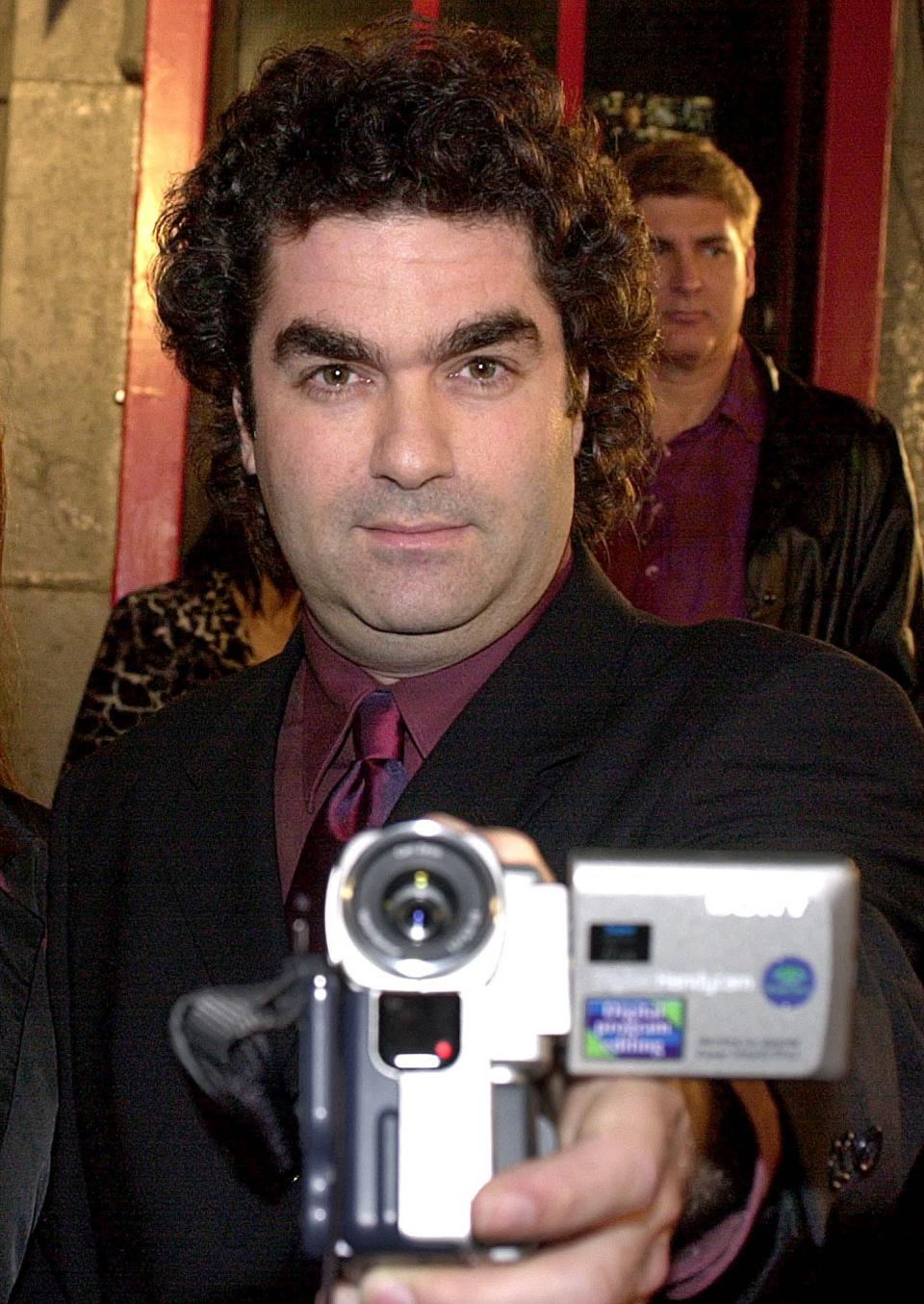
“We were shooting and the script was still being written,” says Berlinger on the studio’s race to cash in on the property’s success. “Strangely enough, there were no executives around watching us. I assumed that because this was a big studio franchise film, I’d have a whole phalanx of executives sitting behind me commenting but nobody showed up because it coincided with the IPO craze,” he says of the studio’s preoccupation with the digital boom of the late 90s. “I kept sending dailies back and they kept saying ‘Great job, keep it up!’ There was very little interaction. The film we wrapped is a film I was excited about and proud of. It wasn’t until the twelfth hour that some new executive came in and decided they wanted a traditional horror movie - that’s when the nightmare started.”
As promised, Berlinger had delivered an ambiguous psychological horror but Artisan’s new boss had different ideas on what a Blair Witch sequel should be. Stripping him of his final cut, the studio retooled the film’s tone, reshaping Berlinger’s subtle, meta-message into a more straightforward sequel packed with garish blood and guts. “All the foreshadowing of the gory shots would’ve been removed,” says Berlinger of his less-is-more original cut which would’ve featured an eight-minute climactic reveal glimpsed exclusively through video screens, inviting viewers to once again question the authenticity of supposedly ‘real’ footage.
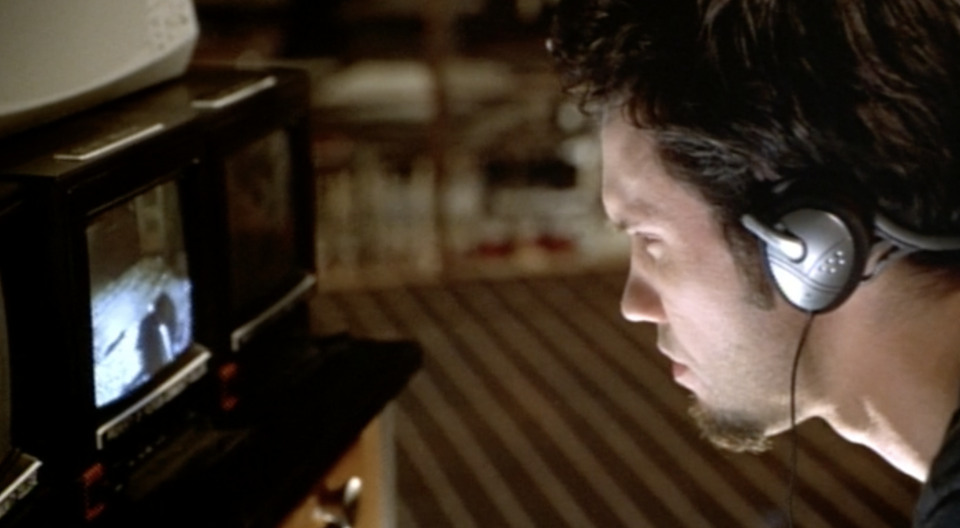
“I remember arguing with the President of the company who was insisting on these changes. I said the legacy of The Blair Witch Project is that all the violence was off-screen and it’s very Hitchcock-ian to see nothing,” he recalls. “They wrote me an email back saying something to the effect of ‘viewers of this movie want a traditional horror and they wouldn’t even know who Hitchcock was’. They had zero respect for the viewer.”
Artisan’s tonal-tampering extended to the film’s score: “It was the first time they did a dual-disc with a CD on one side and the DVD on the other. Some music supervisor came in against my will and loaded the film with one obnoxious track after another,” reveals Berlinger. “My opening title sequence was going to be the Frank Sinatra song Witchcraft to cue viewers that this was satirical,” he says of the scene that ended up being set to Marilyn Manson’s bombastic Disposable Teens. “I did debate taking my name off the movie but my representatives discouraged me. They said if I did, I’d never make another movie again. Ironically, I didn’t want to make another movie again,” admits Berlinger of the torturous experience. “I’m glad I didn’t because it was a blip in my career and led to other great things.”
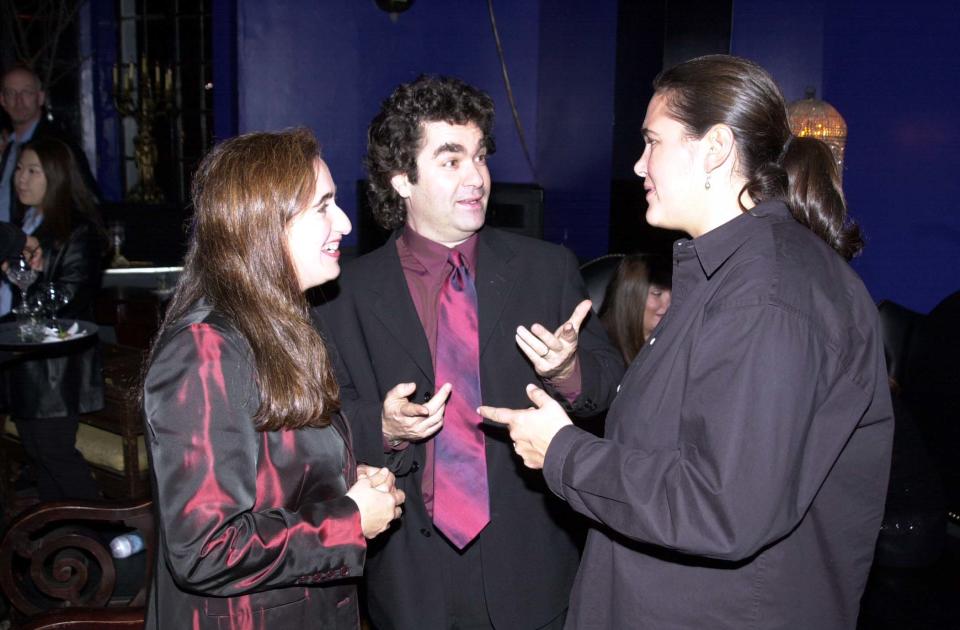
Read more: Science names ‘scariest movie ever’
Book of Shadows: Blair Witch 2 was met with disdain from audiences who were bemused by Artisan’s fumbled follow-up. For Berlinger, the critical beating was brutal - especially following the praise he’d received for his early work. “It put me in a profound funk. I crawled into a ball for months thinking my career was over,” he tells us. “It was a horrible experience.”
Despite transforming this low-point into redemptive success with 2004’s Metallica documentary Some Kind of Monster, Berlinger’s encounter with the Blair Witch remains a difficult memory. “I can’t say it would’ve fared any better had my cut been released but at least I would’ve known it was my cut and my best shot,” he reasons. “The studio folded two or three years later and I got no apology. I think my Director’s cut would be better received today,” adds Berlinger, commenting on the rise in meta-storytelling. “It’s a polarising movie and I still think it’s imperfect - but there’s lots of defenders online and people are rediscovering it. It even makes me think I’m a little too harsh on it,” he laughs. “There are people who get what I was trying to do.”
Watch: How The Blair Witch Project left audiences wondering if it was real

 Yahoo Movies
Yahoo Movies 

